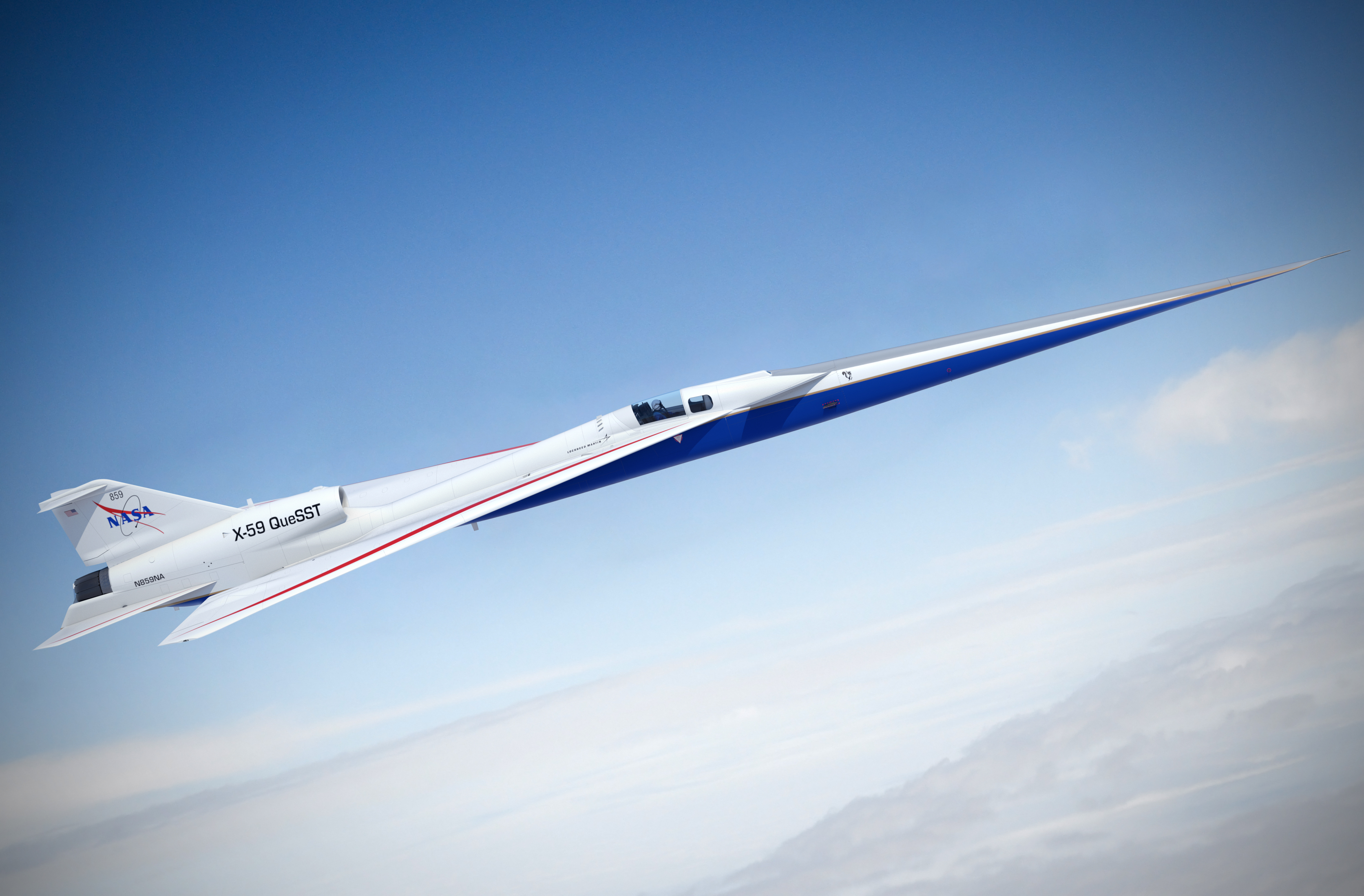NASA Prepares for Maiden Flight of X-59 Supersonic Jet
NASA is preparing for the maiden flight of its X-59 supersonic jet, aiming to demonstrate quiet supersonic travel by minimizing the sonic boom traditionally associated with breaking the sound barrier.

NASA's X-59 supersonic jet is on the verge of its first-ever flight, marking a pivotal moment in the pursuit of quiet, high-speed air travel. The agency announced on September 13, 2025, that the X-59, developed under the Quiet Supersonic Technology (QueSST) program, has completed critical ground and taxi tests at its Palmdale, California facility and is now ready for its inaugural airborne trial. This flight will begin with a low-speed systems check at 386 km/h before advancing to supersonic speeds, with the primary goal of validating the jet's ability to reduce the traditional sonic boom to a gentle "thump."
A New Era for Supersonic Flight
Unlike previous supersonic aircraft, the X-59 is engineered to address one of the main barriers to commercial supersonic travel: the disruptive sonic boom. Its long, slender fuselage and advanced aerodynamic design prevent shock waves from merging into a single, loud boom, instead producing a much quieter sound at ground level. NASA's engineers have equipped the jet with digital fly-by-wire controls, redundant safety systems, and a cockpit that relies on a 4K camera system rather than a traditional window, all aimed at maximizing both safety and performance.
Community Feedback and Regulatory Impact
A key component of the X-59's mission is to gather feedback from communities over which the jet will fly. NASA plans to conduct a series of test flights over select U.S. cities, collecting data on public perception of the reduced sonic "thump." This information will be shared with the Federal Aviation Administration (FAA) and international regulators, potentially paving the way for new rules that would allow commercial supersonic flights over land—something currently prohibited due to noise concerns.
Safety and Technological Innovation
Safety remains paramount in the X-59 program. The aircraft is equipped with systems that monitor over 20,000 data points per flight, backup electrical and hydraulic systems, emergency restart features, and high-altitude pressure suits for the crew. Ejection seats borrowed from Air Force trainers further enhance pilot safety. These measures ensure that the jet not only advances supersonic technology but does so with rigorous attention to risk management.
Broader Implications for Aviation
If successful, the X-59's maiden flight could signal a transformative shift in commercial aviation, making high-speed travel over land both feasible and acceptable to the public. The project, which has received significant investment and collaboration from agencies like DARPA, is seen as a culmination of decades of research into making supersonic flight practical for everyday use. As NASA prepares for this historic flight, the global aerospace community is watching closely, hopeful that the X-59 will usher in a new era of quiet, efficient, and rapid air travel.